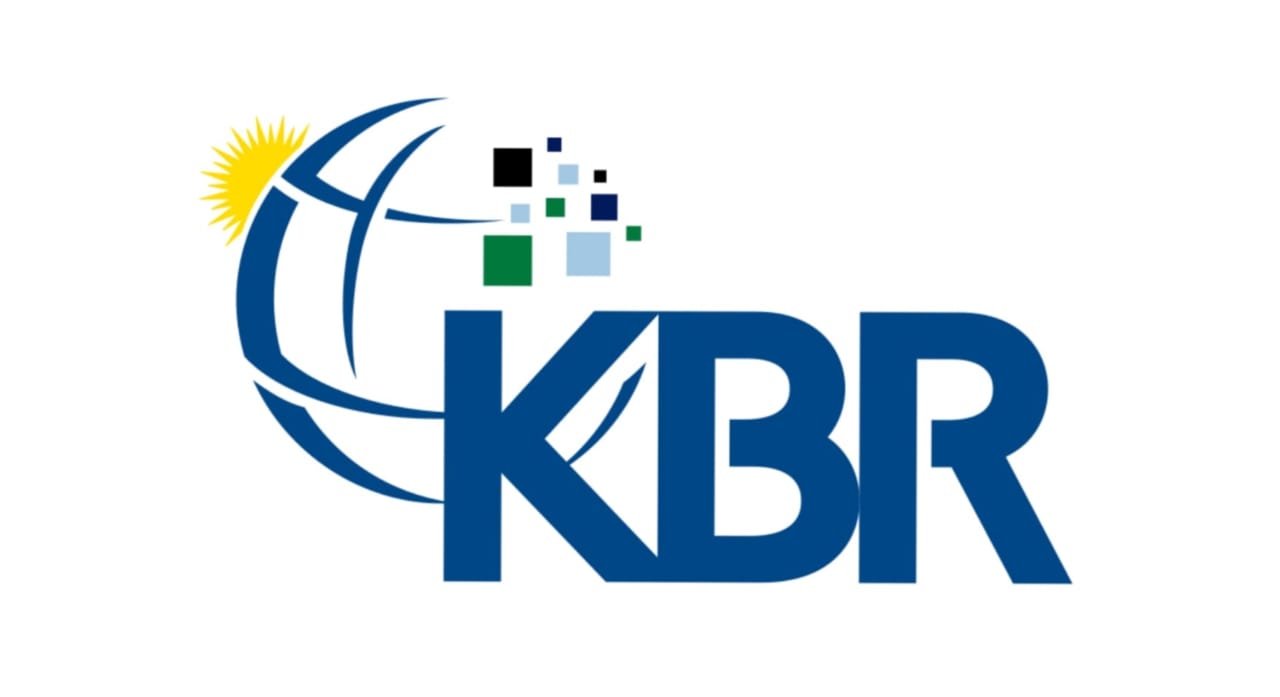Satellite Phone

Request A Demo Today
Please do not hesitate to contact us if you have any queries.
Satellite Phone
Satellite phone, commonly known as satphone, are a specialized communication tool designed to provide connectivity in areas where conventional mobile networks are unavailable. These devices are essential in regions where terrestrial infrastructure is lacking, such as remote wilderness, open seas, and disaster-stricken zones. By utilizing orbiting satellites to relay signals, satellite phones ensure that users can communicate from virtually anywhere on Earth, making them indispensable for various sectors including emergency response, military operations, maritime and aviation industries, and exploration.
How Satellite Phones Work
Satellite phones operate by connecting to a network of satellites orbiting the Earth. These satellites are typically positioned in either Low Earth Orbit (LEO) or Geostationary Orbit (GEO).
1. Low Earth Orbit (LEO):
LEO satellites are positioned at altitudes ranging from 500 to 1,500 kilometers above the Earth. They provide global coverage by forming a network of interconnected satellites, known as a constellation. As a satellite phone user moves, their signal is handed off from one satellite to another, ensuring continuous connectivity. Examples of LEO satellite phone networks include Iridium and Global star.
2. Geostationary Orbit (GEO):
GEO satellites are positioned much higher, at approximately 36,000 kilometers above the Earth. These satellites remain fixed relative to a specific location on the Earth's surface, providing a stable connection. However, due to the higher altitude, there is a slight delay in communication, which can be noticeable during voice calls. Inmarsat is a well-known GEO satellite phone provider.
When a user makes a call on a satellite phone, the signal is transmitted from the phone to the nearest satellite. The satellite then relays the signal either directly to a ground station or to another satellite, which ultimately connects to the public swit ched telephone network (PSTN) or the internet, allowing the call to reach its destination.
Applications of Satellite Phones in Security System Services
Satellite phones can be integrated into various aspects of security system services, providing reliable communication in several key areas:
1. Emergency Response Coordination:
In the event of a natural disaster or security breach, immediate and coordinated action is critical. Satellite phones allow security personnel to communicate directly with emergency services, law enforcement, and other stakeholders, even if local communication networks are down. This ensures a timely and efficient response, minimizing potential damage and loss.
2. Remote Surveillance and Monitoring:
Security operations in remote or inaccessible areas, such as borders, oil rigs, or large estates, often lack reliable cellular coverage. Satellite phones enable continuous communication between surveillance teams and control centers, ensuring that real -time monitoring and threat assessments can be conducted without interruption.
3. Military and Government Security Operations:
Military and government agencies frequently operate in hostile or remote environments where communication is vital for operational success. Satellite phones provide a secure and reliable means of communication for coordinating missions, sharing intelligence, and managing security operations, even in areas where traditional communication infrastructure is compromised or non-existent.
4. Disaster Recovery and Continuity Planning:
In the aftermath of a disaster, maintaining security is a top priority. Satellite phones ensure that security teams can continue to operate effectively, even if local communication networks are destroyed or overwhelmed. This is particularly important for critical infrastructure protection, where uninterrupted communication is essential for restoring normal operations and preventing further incidents.
5. Security for High-Risk Personnel and Assets:
High-profile individuals, such as executives, diplomats, or journalists, often require security services that can operate independently of local infrastructure. Satellite phones provide a reliable communication link for security teams, ensuring they can respond quickly to any threats or emergencies, regardless of their location.
Advantages of Satellite Phones
1. Resilience to Infrastructure Failures: Since satellite phones do not rely on terrestrial infrastructure, they remain operational even when local communication networks are compromised by disasters, power outages, or targeted attacks.
2. Enhanced Security:
Satellite communication can be more secure than traditional networks, as it is less susceptible to local eavesdropping or hacking. This is particularly important for sensitive security operations that require confidential communication.
3. Reliability in Extreme Conditions:
Satellite phones are designed to function in harsh environments, including extreme weather conditions, making them a reliable choice for security operations in challenging or unpredictable settings.
4. Flexibility and Mobility:
Satellite phones are portable and can be quickly deployed in any location, providing instant communication capabilities wherever they are needed. This flexibility is crucial for dynamic security operations that require rapid response and adaptability.
Challenges and Limitations
While satellite phones offer numerous advantages, they are not without limitations. One of the primary challenges is the cost, both in terms of the initial investment in satellite phones and the ongoing service fees. This can be a barrier for some security service providers, particularly smaller organizations with limited budgets. Another limitation is the requirement for a clear line of sight to the sky. In urban environments with tall buildings or in dense forests, the satellite signal may be obstructed, leading to potential communication issues. Additionally, satellite phones tend to be bulkier and less userfriendly compared to modern smartphones, which can be a drawback for personnel who need to carry them during operations.
Future Potential of Satellite Phones
As technology advances, satellite phones are expected to become more integrated into security systems, offering enhanced capabilities and overcoming some of their current limitations. The development of smaller, more portable devices, along with improvements in satellite technology, could make satellite phones more accessible and user friendly. Additionally, the convergence of satellite communication with other emerging technologies, such as drones, IoT devices, and AI-driven analytics could revolutionize security system services.
Satellite phones play a crucial role in ensuring reliable communication for security system services, particularly in remote, disaster-stricken, or high-risk environments. Their ability to operate independently of terrestrial infrastructure makes them an invaluable tool for maintaining security and coordinating emergency responses when traditional networks fail. As technology continues to evolve, the integration of satellite phones into security systems is likely to expand, providing even greater reliabilit y, flexibility, and security in the face of emerging threats and challenges.







